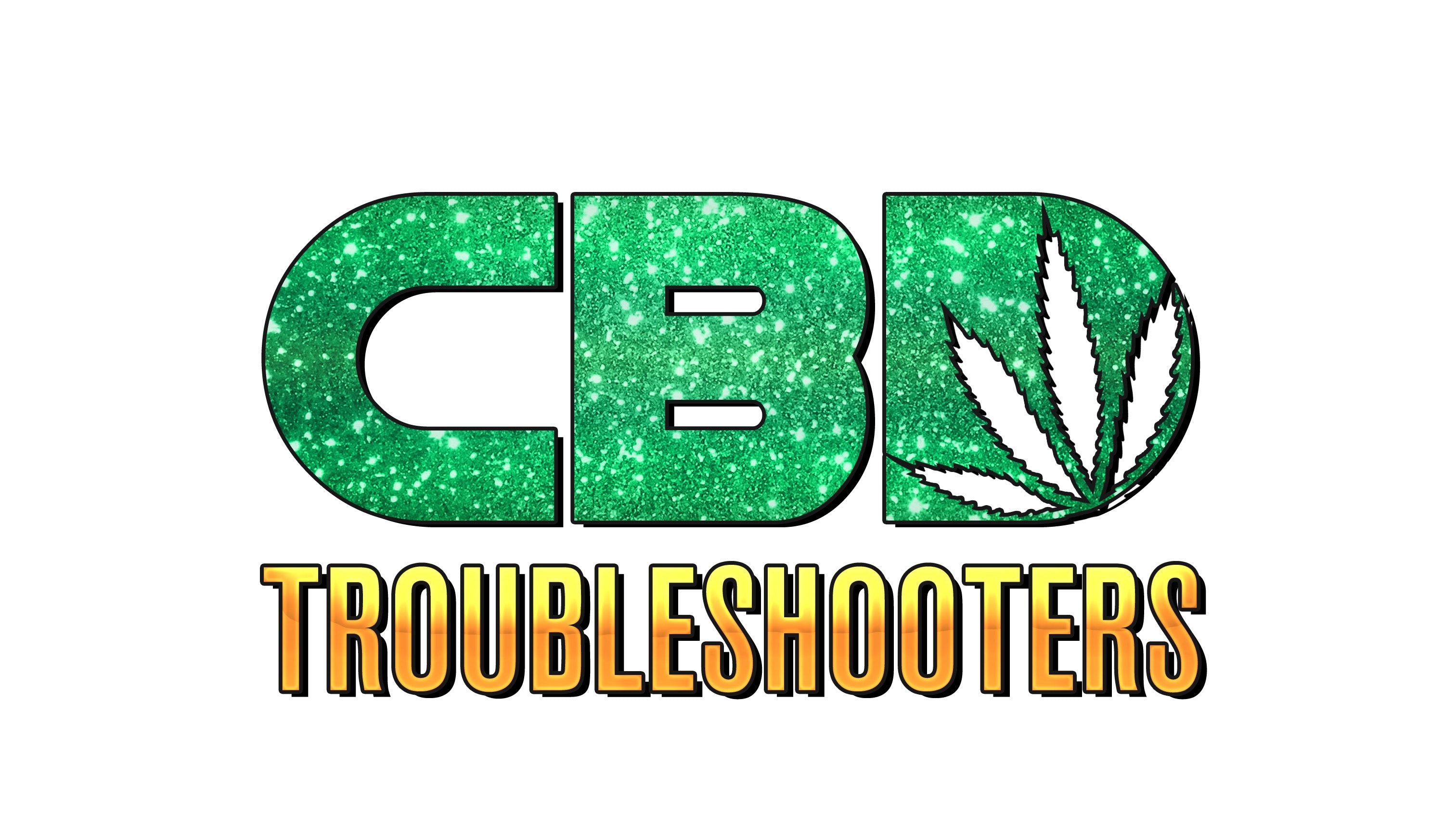Why Third-Party Laboratory Testing is Important?
Why Third-Party Laboratory Testing is Important?
Cannabidiol (CBD) has emerged as one of the most popular, robust and most natural health products that has the potential to create phenomenal therapeutic effects. Lack of Third-Party laboratory testing sets the bar low for manufacturers. This allows low-quality products into the cannabis industry. With the lack of high-quality CBD, potential customers have a lack of trust in CBD products. Third-Party Testing is a quality control (QC) process. The testing allows for an independent company (a third-party) to test for any and all product quality, health and safety issues that may pose a risk of harm to consumers. Also, third-party testing seeks to validate that the CBD product complies with the mandates of all relevant regulatory agencies.

Transparency
Third-Party Lab Tests are a key part of this transparency. They give an independent (Third-Party) analysis of what is contained in each batch of a product. This allows reputable CBD brands to demonstrate that their products are free of contaminants and genuine. It also shows the legal levels of controlled substances in the products. Transparency is essential to build a trusting relationship between the brand and their customers. Serious manufacturers will send their products out to Third-Party Laboratories. Reputable CBD will come with a Certificate of Analysis (COA) that displays the test results and details of exactly what’s in the product (usually available on the brand's website). Good manufacturers want to know exactly how much CBD and THC in their products. THC use may have serious consequences, so you should know whether your CBD product contains THC and the amount of THC in it.

The Legal Federal Limit
CBD must be hemp-derived and contain no more than 0.3% THC. At the federal level, the Agriculture Improvement Act of 2018, Pub. L. 115-334, (the 2018 Farm Bill) was signed into law on Dec. 20, 2018. Among other things, this new law changes certain federal authorities relating to the production and marketing of hemp, defined as "the plant Cannabis sativa L. and any part of that plant, including the seeds thereof and all derivatives, extracts, cannabinoids, isomers, acids, salts and salts of isomers, whether growing or not, with a delta-9 tetrahydrocannabinol concentration of not more than 0.3% on a dry weight basis." These changes include removing hemp from the CSA, which means that cannabis plants and derivatives that contain no more than 0.3% THC on a dry weight basis are no longer controlled substances under federal law. The 2018 Farm Bill, however, explicitly preserved FDA’s authority to regulate products containing cannabis or cannabis-derived compounds under the FD&C Act and section 351 of the Public Health Service Act (PHS Act). FDA treats products containing cannabis or cannabis-derived compounds as it does any other FDA-regulated products — meaning they’re subject to the same authorities and requirements as FDA-regulated products containing any other substance. This is true regardless of whether the cannabis or cannabis-derived compounds are classified as hemp under the 2018 Farm Bill.
Things To Look For
Third-Party Lab Results contain information about the date manufactured, attributes (like consistency and color), potency, terpenes, pesticides, heavy metals, solvents and so on.
CBD Isolate: Laboratory test on isolated products should show that CBD is the only cannabinoid present in that product.
Broad Spectrum: Broad Spectrum products should contain a range of cannabinoids, except for THC. When you see the type stating "Broad Spectrum", it's imperative to always check the Certificate of Analysis (COA) to see that the lab results to assure high-quality and accuracy.
Full Spectrum: Full Spectrum products should contain all the cannabinoids that were present in the hemp plant including THC. When you look at the test results, the largest amount should be CBD and you should see other cannabinoids recorded. The test results should show small or trace amounts of the other cannabinoids in federal legal range.

You can find our Third-Party Lab Test Results on our website or feel free to utilize the QR Code on your purchased products to see your results.
Reference Links:
Food and Drug Administration. (2021). FDA Regulation of Cannabis and Cannabis-Derived Products, Including Cannabidiol (CBD). Link: https://www.fda.gov/news-events/public-health-focus/fda-regulation-cannabis-and-cannabis-derived-products-including-cannabidiol-cbd#farmbill
Hudak, John. (2018). The Farm Bill, hemp legalization and the status of CBD: An explainer. Link: https://www.brookings.edu/blog/fixgov/2018/12/14/the-farm-bill-hemp-and-cbd-explainer/amp/
Langman, Loralie J. Jannetto, Paul J. Toxicology and the Clinical Laboratory. (2020). Link: https://www.sciencedirect.com/topics/medicine-and-dentistry/cannabinoid
Medeiros, Vasco. Henderson, Emily (Reviewed). How do you Profile Cannabinoids? (2021).
Link: https://www.azolifesciences.com/article/How-do-you-Profile-Cannabinoids.aspx
